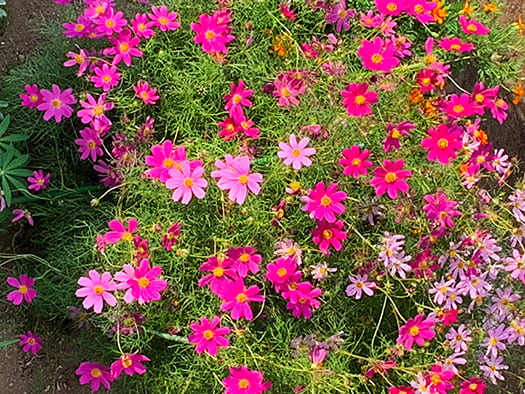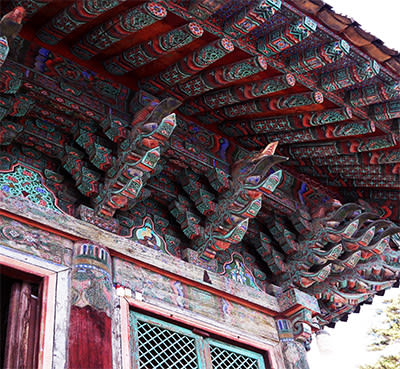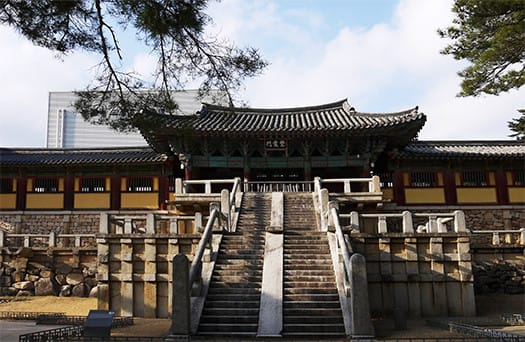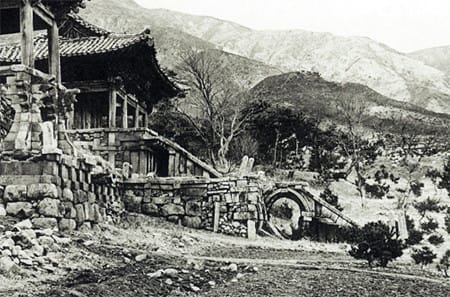

ことしも早いもので中秋の名月も過ぎて爛漫の秋までもうすぐ。
早い木々では色づきはじめた個体も見えてきています。
日々の散歩道ではようやく秋の気配があちこちに見られるようになって来ました。
ことしは行動抑制もあってじっくりと札幌の四季を体感中(笑)。
少年期以来、久しぶりにどっしりと腰を据えて体感し続けているので、
なつかしく思い起こせる札幌人独特の「地域心理」みたいなものもあります。
みなさんも同様でしょうが、まったく未曾有のStay Homeの日々が続いています。
こういう環境も2年近くなってきて、個人のブログとしては
過去に写真撮影取材済みの各所の建築・住宅写真を整理整頓して
深掘り型の探索をはじめてみて「これもまたいいかなぁ」と楽しんでいます。
しばらく韓国の建築探訪シリーズが続いております。
立ち止まって写真にピンナップされた昔人の思いとか考え方に触れることは
非常に面白いことだと教えられております。
ふつうの住宅取材ではいまを生きている人間同士での対話になりますが、
昔人の思いというのも、やはり建築の姿カタチから取材可能。
当然話すことはできないので、想像力を巡らせる必要がある。
そのときに一番のナビゲート要因は同じ人間である自分の感じ方。
自分が感じたことからスタートして、同じように感じるはずだと信じて
その時点に置かれた人間の普遍的な反応を想起する。
そうするといくつか、ゴツゴツとしたリアリティに出会うことがある。
あるいは特徴的な建築対応を発見できるときがある。
・・・どうも「住」の普遍性に基づいて取材する歴史事例なのでしょうか。
人間と建築の中間のような部分がいちばん興味を持っていること。
そんなふうな気付きから掘り起こし続けております。
住宅建築の方はウッドショックとかさまざまな変動要因もありますが、
逆にStay Homeで住の価値感に深く目覚めるみなさんも多いと思います。
住宅雑誌・WEBメディアとしては取材活動の難易度が増していて
回避策なども考えながら、スタッフも奮闘中であります。
そういう活動のバックアップとして動きやすく、また感染対策など
安全側での配慮、環境の構築に思いを致す日々であります。
こういうのもまたありがたい機会だと思えますね。
また過去取材の写真整理して深掘り型テーマを取り上げますのでぜひよろしく。
English version⬇
[Walking path slowly heading for autumn cold ...]
It's early, and the harvest moon has passed, and it's almost time for the fall.
In the early trees, some individuals are beginning to color.
The signs of autumn are finally beginning to be seen here and there on the daily walking paths.
This year, I'm slowly experiencing the four seasons of Sapporo, partly because of my behavioral restraint (laughs).
Since I was a boy, I've been sitting down and experiencing it for the first time in a while, so
There is also something like "community psychology" peculiar to Sapporo people that reminds me of nostalgia.
As with everyone, the days of Stay Home are completely unprecedented.
This kind of environment has been around for almost two years, and as a personal blog
Organize architectural and residential photographs of various places that have been photographed in the past
I'm enjoying the deep digging type exploration for the first time, "I wonder if this is also good."
The Korean architecture exploration series has been going on for a while.
Stopping and touching the thoughts and ideas of old people pinned up in photographs
It is taught that it is very interesting.
In ordinary housing coverage, it is a dialogue between people living in the present, but
The thoughts of old people can also be covered from the shape of the architecture.
Of course, I can't speak, so I need to think about my imagination.
At that time, the most navigating factor is how you feel as the same person.
Believe that you should start with what you feel and feel the same
Recall the universal reaction of human beings at that time.
Then you may come across some rugged reality.
Or sometimes you can discover a characteristic architectural response.
... Is it a historical example based on the universality of "living"?
The part that is somewhere between humans and architecture is the most interesting.
We continue to dig up from such an awareness.
For residential construction, there are various factors such as wood shock, but
On the contrary, I think that there are many users who are deeply awakened to the sense of value by Stay Home.
As a housing magazine / WEB media, the difficulty of coverage activities is increasing.
The staff is also struggling while thinking about workarounds.
It is easy to move as a backup for such activities, and infection control etc.
It is a day when I think about the consideration on the safety side and the construction of the environment.
I think this is also a great opportunity.
In addition, I will organize the photos of past interviews and take up deep-dive themes, so please do not hesitate to contact me.

























